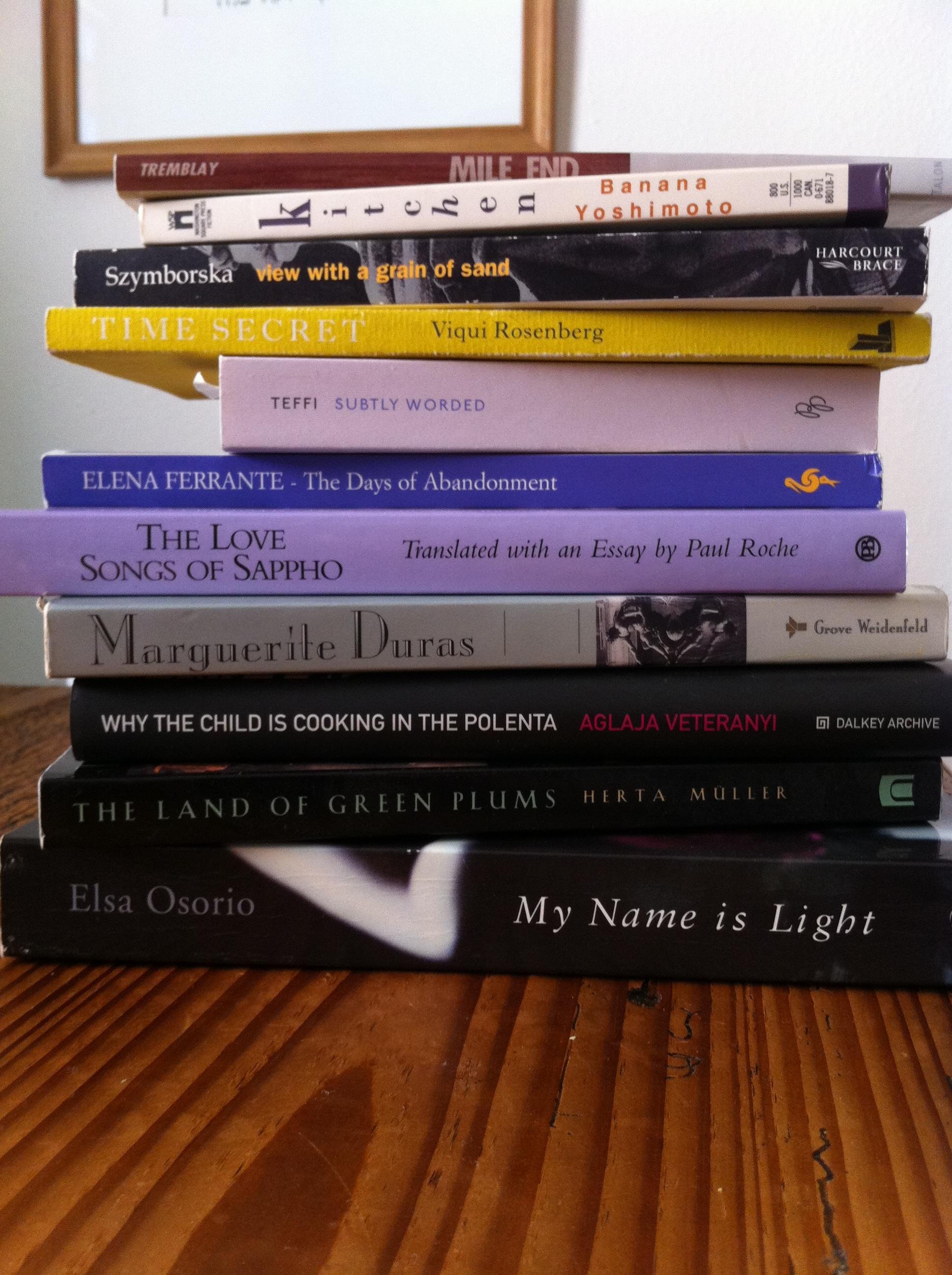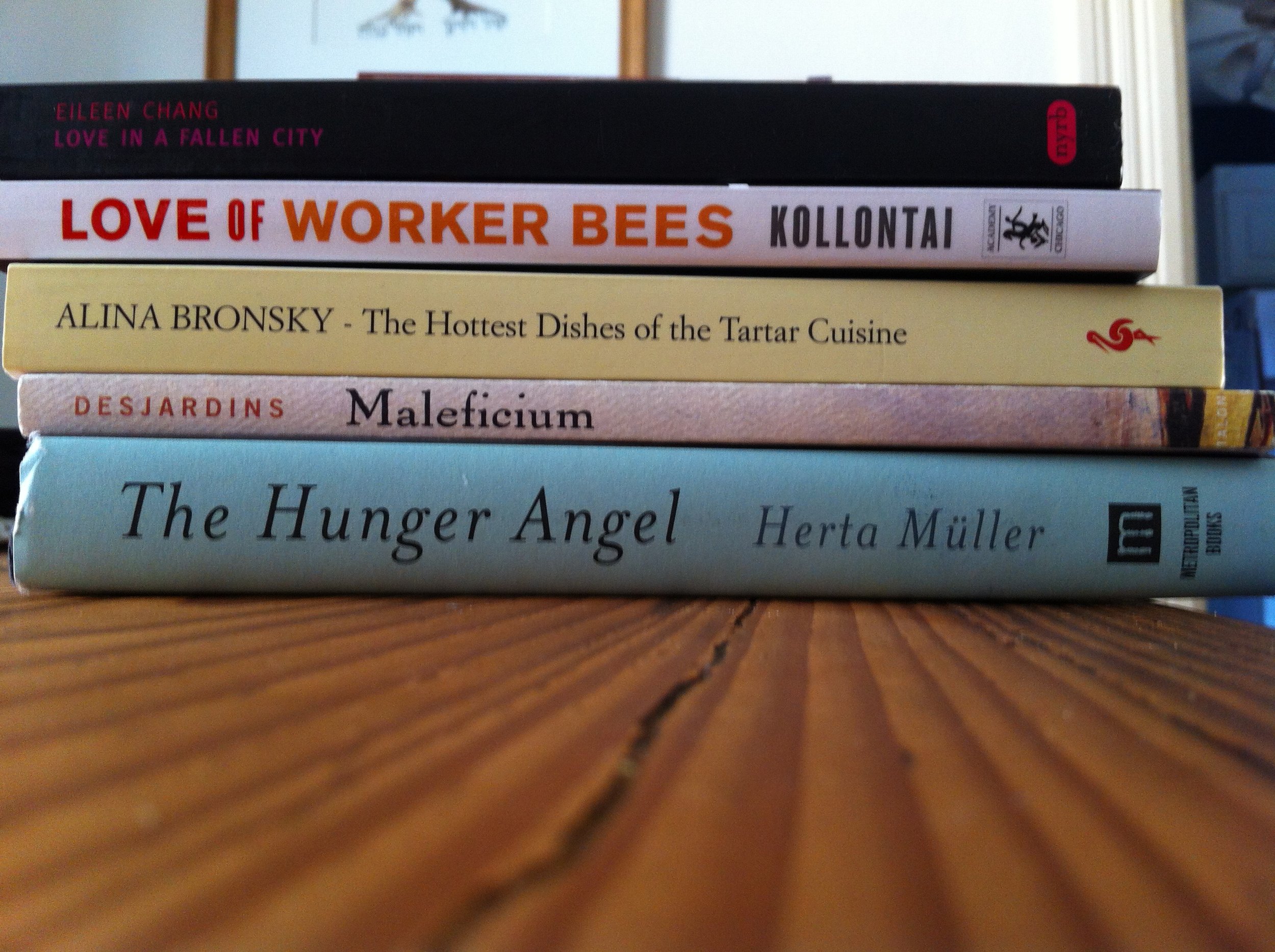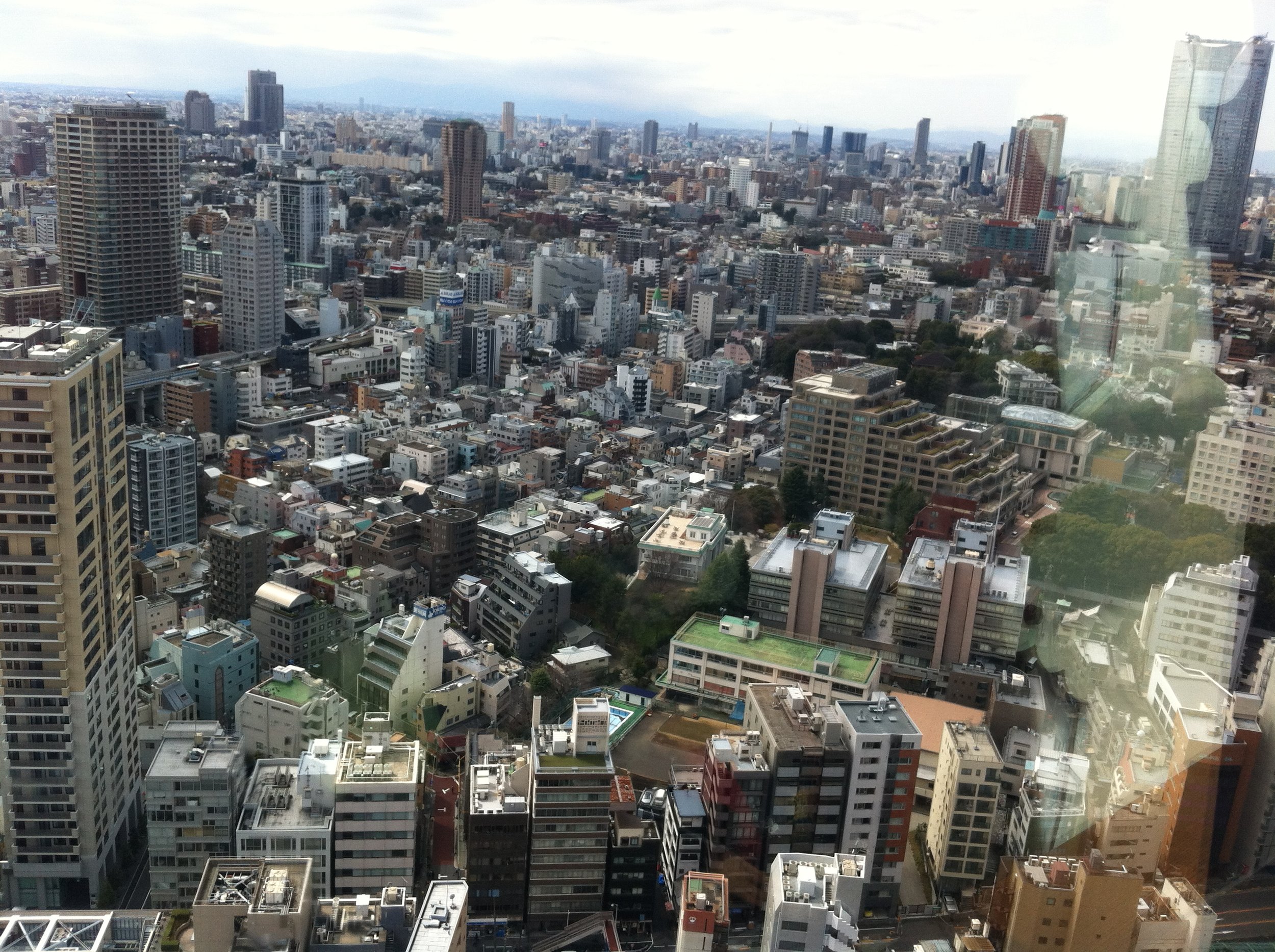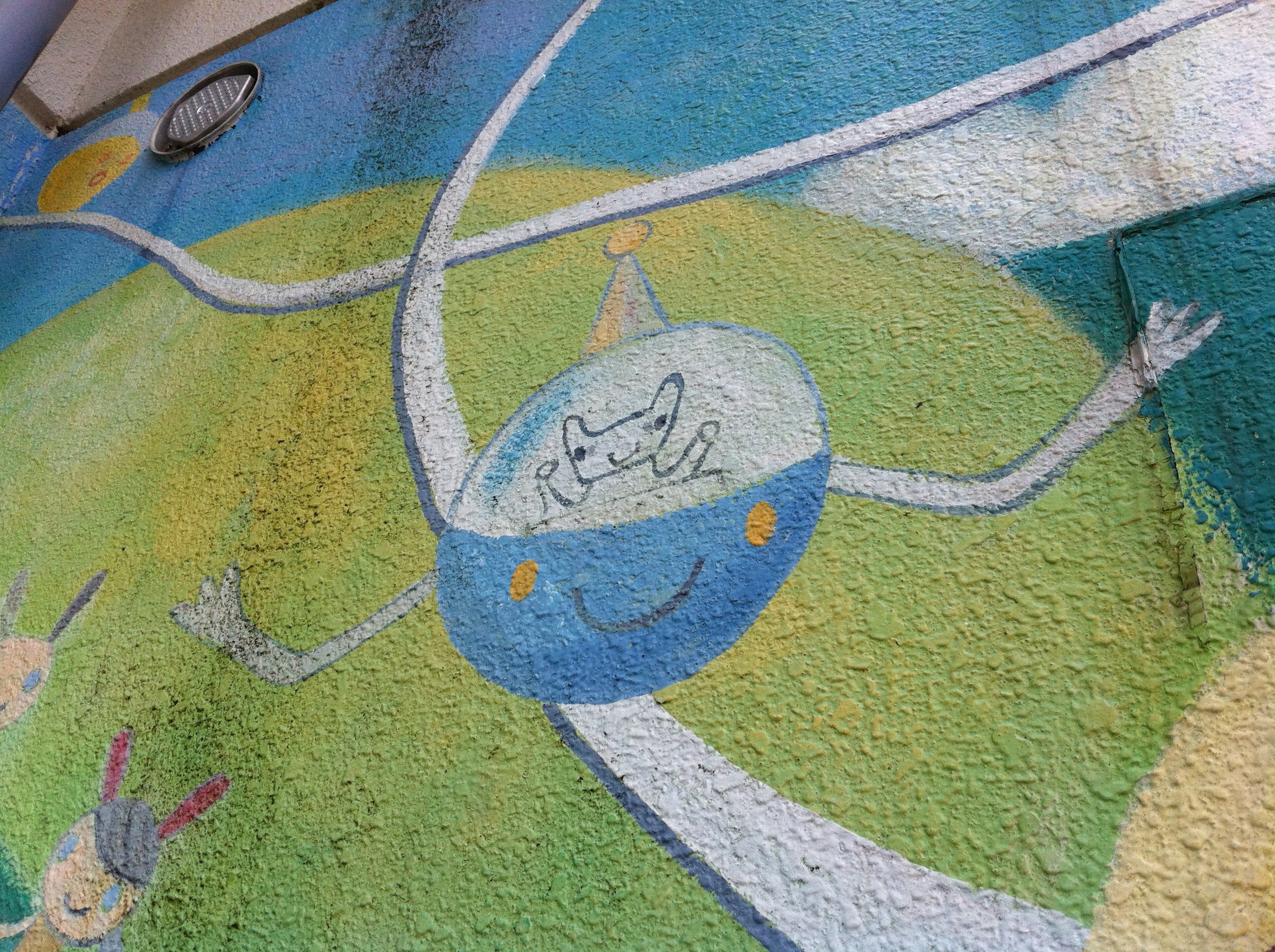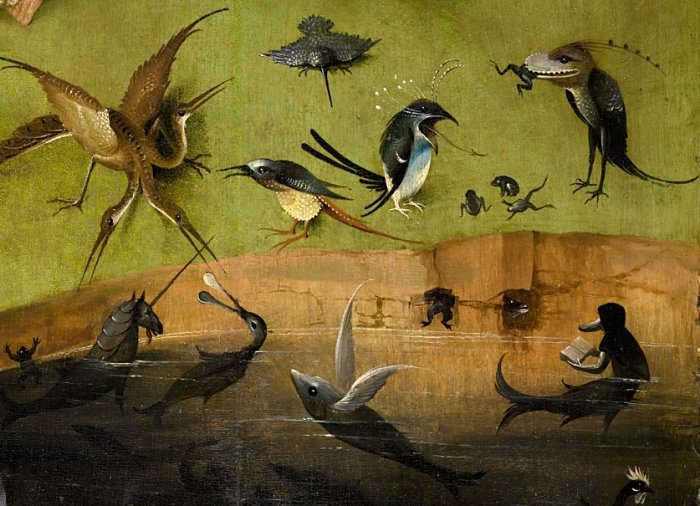 Thanks to the tremendous generosity of the Artist Trust / Gar LaSalle Storyteller Award, I spent the earlier part of this month in the Netherlands, researching my third novel. M came as my trusty research assistant, furnishing highlighters, snacks, and sweaters with alacrity. There's a lot of information crammed in my skull right now, which I am organizing as best I can, hoping it seeps into the crevices of my subconscious fruitfully.What struck me on our trip: the birds! (I know, I know, put a bird on it.) Egrets, loons, swans, geese, ducks, grouse, crows; white-breasted, brilliant blue, long-tailed, plump and shimmery; raucous, trilling, warbling, chortling. Fact: the first painting acquired by the Rijksmuseum features a bold, angry swan.
Thanks to the tremendous generosity of the Artist Trust / Gar LaSalle Storyteller Award, I spent the earlier part of this month in the Netherlands, researching my third novel. M came as my trusty research assistant, furnishing highlighters, snacks, and sweaters with alacrity. There's a lot of information crammed in my skull right now, which I am organizing as best I can, hoping it seeps into the crevices of my subconscious fruitfully.What struck me on our trip: the birds! (I know, I know, put a bird on it.) Egrets, loons, swans, geese, ducks, grouse, crows; white-breasted, brilliant blue, long-tailed, plump and shimmery; raucous, trilling, warbling, chortling. Fact: the first painting acquired by the Rijksmuseum features a bold, angry swan.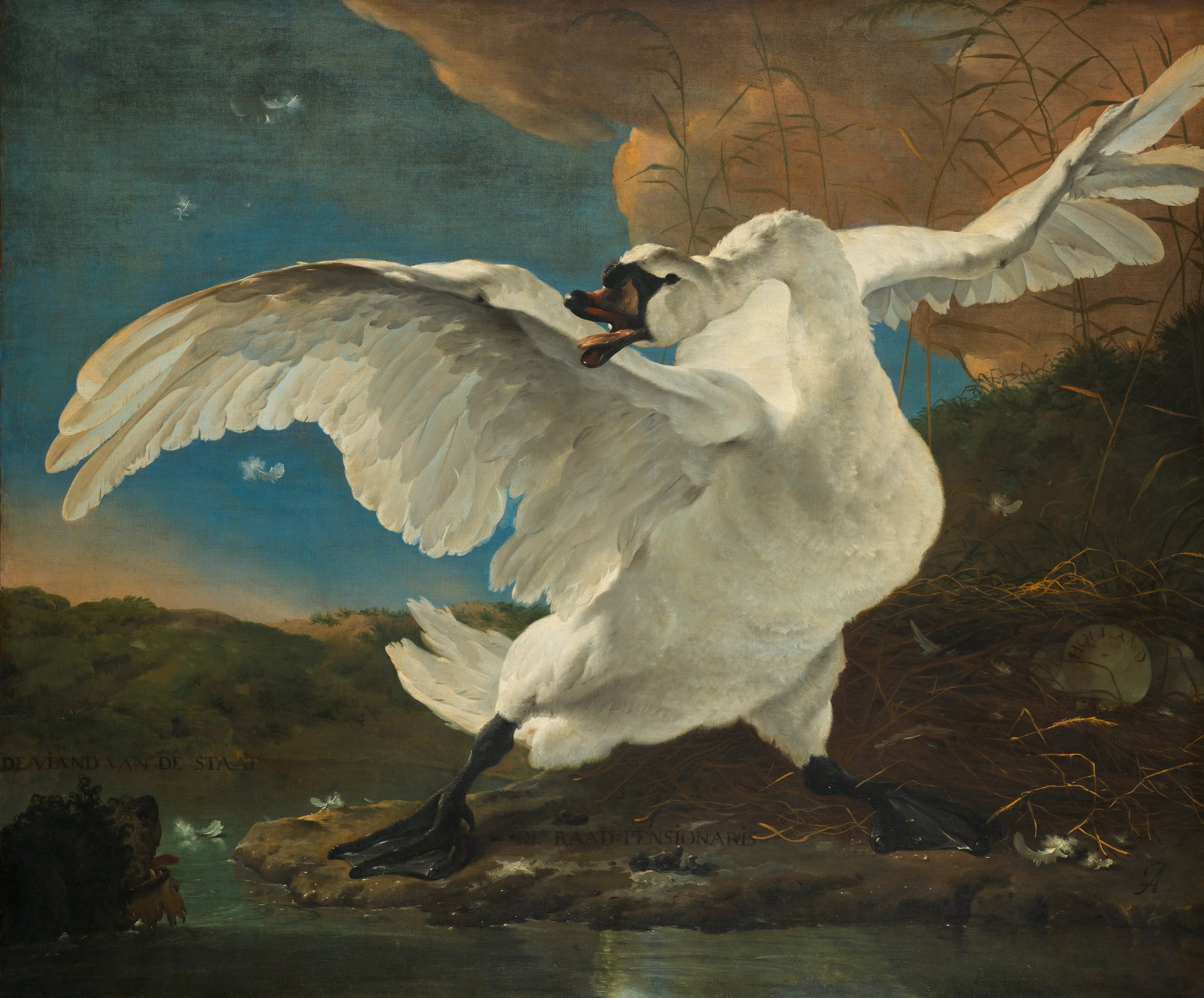 In the moat by the citadel in 'S-Hertogenbosch, an egret bullied ducks until a trio of geese chased the egret to the boardwalk where it loomed. This continued on a loop for a while. A seagull swooped down to chase the egret further and when the egret returned, the geese trailed it, sinister and slow. Sinister, at least, until we realized there were goslings near.In a canal in Rotterdam, three loons had a lovers' spat. Slapped wings, held heads beneath the water--murderous! Not far from there, we strolled past the "swan bridge," soaring and modern.On our last night in Amsterdam, we stayed at a fanciful b&b on the Western Canal Belt. Our hostess could not greet us when we arrived. She hid our keys in a flowerpot. Up two steep, narrow flights of stairs, we flung open the door. The lights were on, the doors and windows open, a gust of wind coming from the terrace, which led to another room with another open door, and the flutter and chirp of green and yellow parakeets, in a big cage looking down upon the Keizersgracht canal. Old books stacked everywhere, art on the walls and leaning upon the books, a laptop left on a long wooden table, half open, as if our hostess had left in a hurry. It had the feel of that computer game Myst, where mysterious rooms, empty of people, always suggest a presence, a place quickly abandoned. We did meet her late that night and in the morning at breakfast the birds flew freely about the room and she would call to them and air kiss them and talked to us about Argentina and Barcelona and photography and her love of Amy (Winehouse).Apropos of birds, on the flight back, I finished Noy Holland's debut novel Bird, a raw gorgeous thing. Here, I leave you with an excerpt:
In the moat by the citadel in 'S-Hertogenbosch, an egret bullied ducks until a trio of geese chased the egret to the boardwalk where it loomed. This continued on a loop for a while. A seagull swooped down to chase the egret further and when the egret returned, the geese trailed it, sinister and slow. Sinister, at least, until we realized there were goslings near.In a canal in Rotterdam, three loons had a lovers' spat. Slapped wings, held heads beneath the water--murderous! Not far from there, we strolled past the "swan bridge," soaring and modern.On our last night in Amsterdam, we stayed at a fanciful b&b on the Western Canal Belt. Our hostess could not greet us when we arrived. She hid our keys in a flowerpot. Up two steep, narrow flights of stairs, we flung open the door. The lights were on, the doors and windows open, a gust of wind coming from the terrace, which led to another room with another open door, and the flutter and chirp of green and yellow parakeets, in a big cage looking down upon the Keizersgracht canal. Old books stacked everywhere, art on the walls and leaning upon the books, a laptop left on a long wooden table, half open, as if our hostess had left in a hurry. It had the feel of that computer game Myst, where mysterious rooms, empty of people, always suggest a presence, a place quickly abandoned. We did meet her late that night and in the morning at breakfast the birds flew freely about the room and she would call to them and air kiss them and talked to us about Argentina and Barcelona and photography and her love of Amy (Winehouse).Apropos of birds, on the flight back, I finished Noy Holland's debut novel Bird, a raw gorgeous thing. Here, I leave you with an excerpt:
She was hungry again and gorged herself on chicken fried steak and skittles, on vermilion faces of canyons, cliffs you could dig with a spoon.

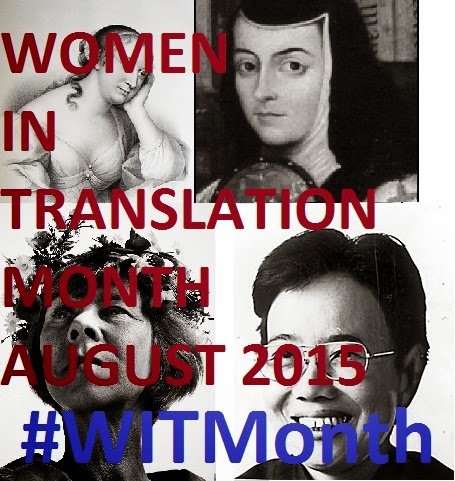 August is
August is 